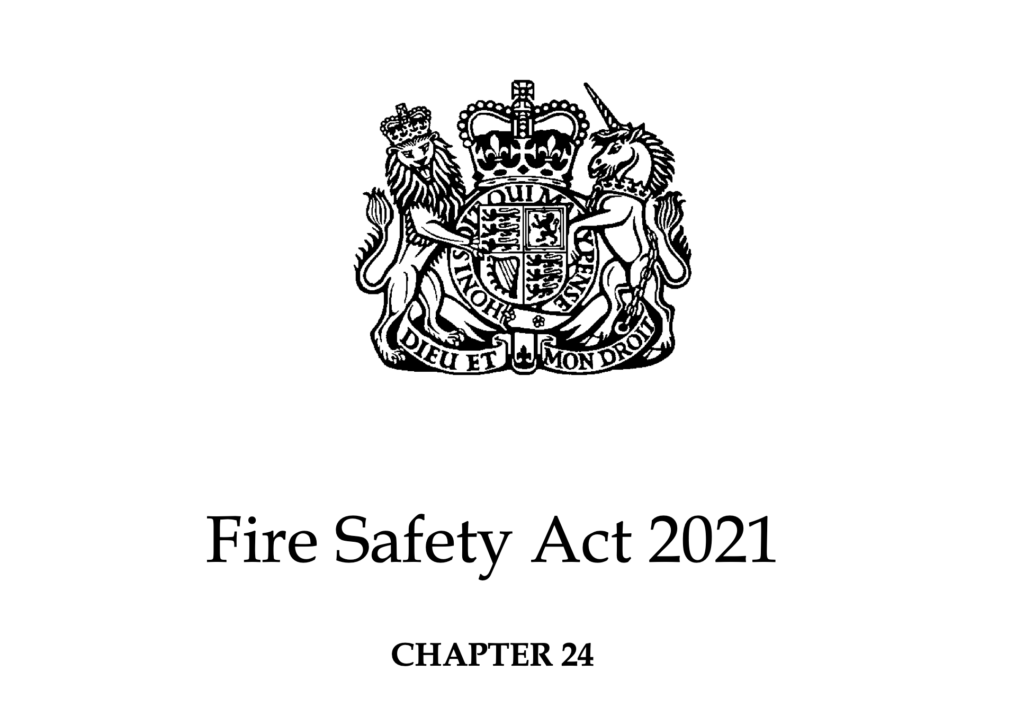Workspaces, whether an office or a warehouse, need to follow certain fire safety guidelines to be as safe as possible for those that work inside them. The same applies to buildings the public has access to such as commercial properties. The people responsible for safety in case of a fire within such properties can help prevent the majority of risks by following the outlined procedures and regulations. In this guide, we’ll explore how risk assessments are conducted, how often they should be updated, and what the main fire safety regulations are.
Fire Safety Regulations
The Regulatory Reform (Fire Safety) Order
In England and Wales, fire safety is regulated by The Regulatory Reform (Fire Safety) Order 2005. Traditionally, the legislation is enforced by local authorities responsible for fire and safety. It constitutes a framework that helps the responsible person ensure the safety of the premises, facilities, and equipment in order to prevent a fire. This includes any devices for use by or for the protection of firefighters in case of a fire. Most importantly, the legislation outlines what is necessary to maintain fire safety and what constitutes efficient working order.
According to the RRO, it is an offense for the person responsible for premises to fail to guarantee the fire safety of occupants. Significantly, failure to comply with the RRO that puts people’s safety and lives at risk is subject to prosecution under the legislation’s rules. You can read more about smoke control maintenance and The Regulatory Reform Order in our recent article.
Fire Safety Act 2021
 With the Fire Safety Act 2021 (FSA) now officially law in England and Wales, there are many questions about what this means for fire safety regulations. The new Act builds upon the RRO by updating and clarifying some of its key points. In order to contribute to a meaningful change in legislation, the FSA takes into consideration the lessons learned from the Grenfell fire.
With the Fire Safety Act 2021 (FSA) now officially law in England and Wales, there are many questions about what this means for fire safety regulations. The new Act builds upon the RRO by updating and clarifying some of its key points. In order to contribute to a meaningful change in legislation, the FSA takes into consideration the lessons learned from the Grenfell fire.
What is the FSA about?
Overall, the Fire Safety Act 2021 has three main clauses, all of which promote higher accountability across the board. Both fire professionals and those responsible for premises will suffer severe legal repercussions if the new standards are not followed. In other words, responsible persons can be held accountable and legally liable for breaches in fire safety of the premises they are responsible for.
The person accountable for the fire safety of a building is the duty-holder or building owner for residential developments with multiple occupants. It is this person’s responsibility to manage the fire risk for both the external walls of the building and the entrances of individual dwellings that open into communal areas. As a consequence of this new legislation, the fire safety assessment of many buildings will need to be updated to include both internal and external areas.
Moreover, the Fire Safety Act was created to form the basis of another legislation. Similar to the current advice, it is based on the recommendations of the Grenfell Tower Inquiry and may include additional safety measures such as lift inspections, reviewing evacuation plans, and fire safety instructions for residents. Read more about the Fire Safety Act in our recent article.
Fire Risk Assessment
The responsible person within a building must carry out a fire risk assessment of the property and regularly update it when new factors are introduced. More than just a safety perk, fire assessments are a legal requirement in the UK and so is keeping them up to date. Significantly, this document protects building occupants from easily preventable fire and smoke risks. While it cannot prevent all instances of fire, it serves as a blueprint for the safe handling of risky factors.
How do you carry out a Fire Risk Assessment?
Similar to a Health and Safety Risk Assessment, the Fire Risk Assessment can be included in overall building risk assessments or completed separately. Most importantly, it needs to identify 3 key factors:
- What could cause a fire to start with the building (sources of ignition)?
- What flammable substances (if any) are there within the building?
- Who are the people that may be at risk?
Once the Fire Risk Assessment has been completed, the responsible person for the building needs to put appropriate fire safety measures in place. This way, any risks of a fire starting or injury or loss of life in the event one does start will be minimised. Significantly, a Fire Risk Assessment should contain detailed step-by-step documents identifying the fire risk factors in a building. Additionally, a list of clear actions to take in order to prevent incidents is an essential requirement. Our guide to carrying out a Fire Risk Assessment is a helpful resource you can refer to when you undertake this task.
How often should a Fire Risk Assessment be updated?
Although there is currently no legislation outlining the requirements for frequency, a yearly Fire Risk Assessment is recommended. This way, responsible persons can ensure the assessment is up to date and covers all essential areas. With this in mind, Fire Risk Assessments can be carried out more often as well. For example, whenever changes are introduced to a building or new equipment is purchased, an update to the Fire Risk Assessment is recommended.


